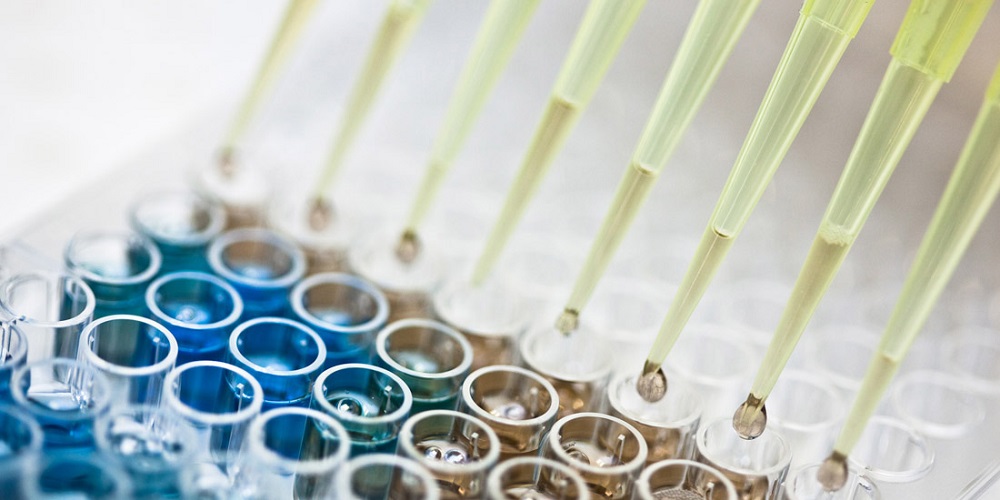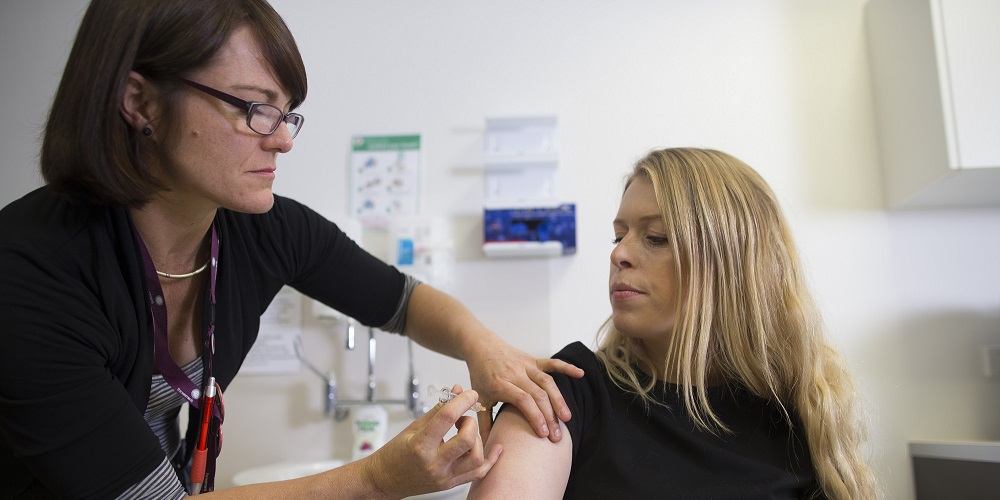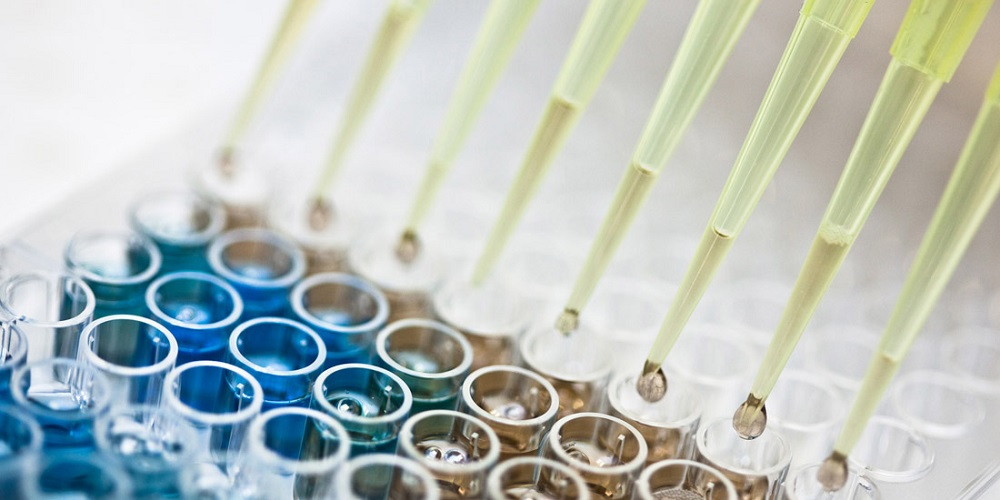
A study led by researchers from The Royal Women’s Hospital and the University of Melbourne has shown that the recent change to Australia’s cervical screening tests is resulting in earlier detection of potentially cancer-causing infections.
The positive early results come less than two years after the test for the human papillomavirus (HPV) replaced the Pap smear testing in The National Cervical Screening Program.
In the new program HPV testing is offered to all asymptomatic (healthy) women aged 25–74 years every 5 years – this is the screening group. Oncogenic HPV prevalence in this group was 8%.
But HPV testing can also be done for other indications – this is the non-screening group. The non-screening group is used to define women who are having a HPV test because they have sign/symptoms or a prior cervical abnormality. Oncogenic HPV was 21% in this group. This is a totally separate group of women to the screening group.
The study lead author Dr Dorothy Machalek, a HPV researcher and Epidemiologist based in the Centre for Women’s Infectious Diseases at the Women’s, worked with a team from Douglass Hanly Moir Pathology in Sydney to review 195,600 samples during the first six months after the change in testing.
Published in the Medical Journal of Australia, the study found more than three times as many referrals for a colposcopy, a procedure to examine the cervix for signs of disease, based on HPV screening tests than referrals based on Pap smears.
Dr Machalek was pleased to conclude that the change to HPV tests is delivering results and potentially saving lives, but further monitoring of the program will be critical.
“It had been anticipated that more high grade abnormalities and cancer would be detected during the first round of the new program than previously because HPV testing is more sensitive than the Pap test,” said Dr Machalek.
“We expect to see more proof that HPV is a better way of testing over the coming years, with less incidents of cervical cancer and lower mortality rates.”
Key results from the study:
- Cancer-causing HPV was detected in 8 per cent of the regular HPV screenings - every five years - and 21 per cent of the tests for women showing symptoms of cervical abnormality.
- Of the HPV-positive screening group, more than a third also had abnormal cells.
- Referral rate based on the HPV sample results was considerably higher (2.6 per cent) than that based on historical Pap results from a laboratory (0.8 per cent).
- Most women (92%) were negative for HPV and do not need to go back for another test for 5 years.
‘’Women can feel confident that they have a world class screening program that is based on the best available scientific evidence. The most important factor now is for women to have their cervical screening test regularly,” said Dr Machalek.
The new screening program involves HPV testing every five years for women aged 25 to 74, including an option for self-collection for eligible women, replacing biennial Pap tests for those aged 18 to 69. Find out more the new cervical screening test on the Department for Health website.
Read related content from the Women's
-
Human papillomavirus (HPV)
Human papillomavirus (HPV) is the most common viral sexually transmitted infection (STI). Around 85 per cent of people who have ever been sexually active will get HPV at some stage of their life.
Learn more -
 New HPV vaccine available to school students
New HPV vaccine available to school studentsAs 12 and 13-year-old boys and girls start a new school year, they will have access to the new, improved vaccine to protect against the human papillomavirus (HPV), which causes cervical cancer in women.
Learn more -
 Landmark study shows DNA test for HPV virus more effective than Pap smear
Landmark study shows DNA test for HPV virus more effective than Pap smearThe Women’s has taken part in landmark research that has found DNA screening for the human papillomavirus (HPV), is more effective in detecting pre-cancerous cells than Pap-smears.
Learn more